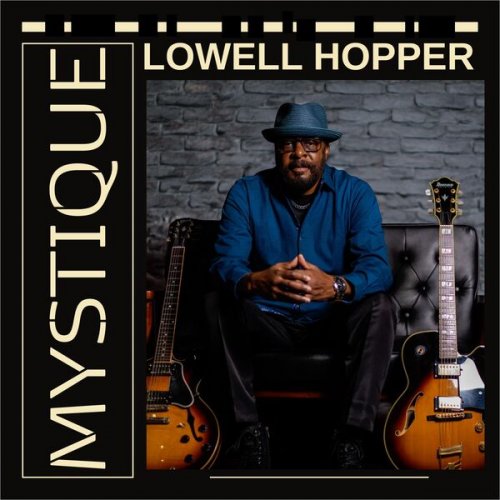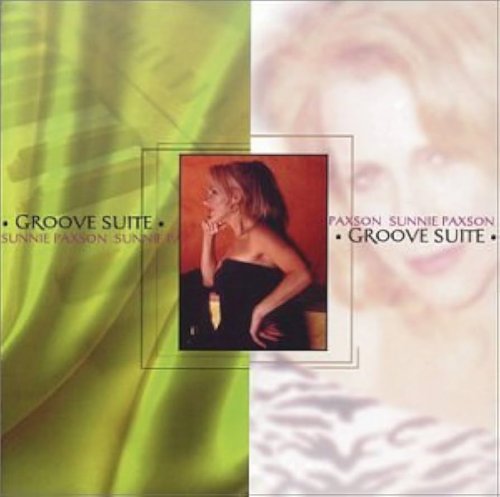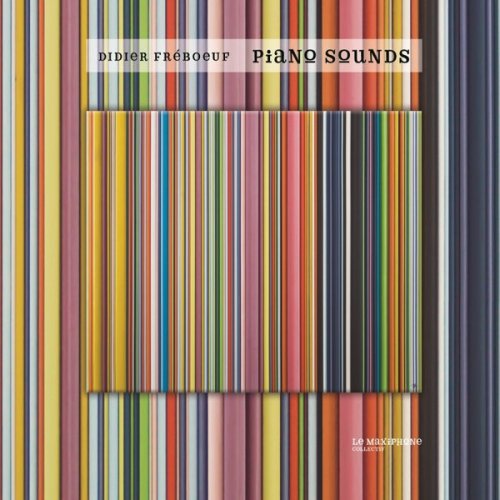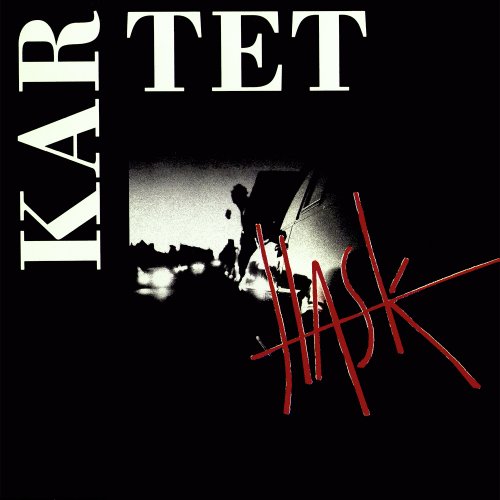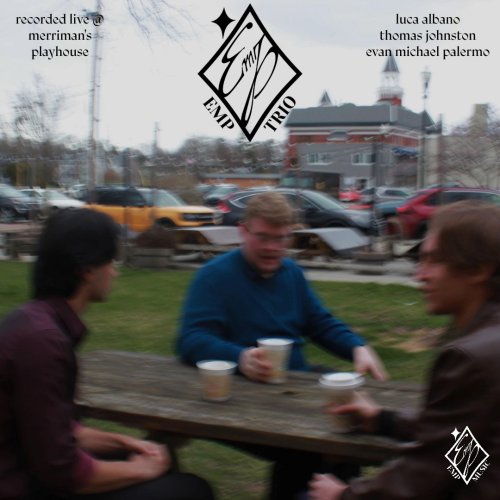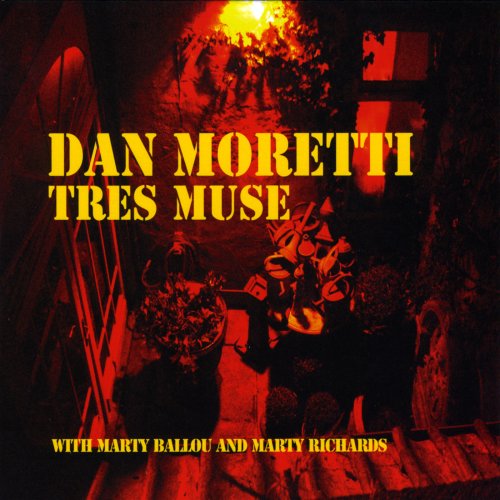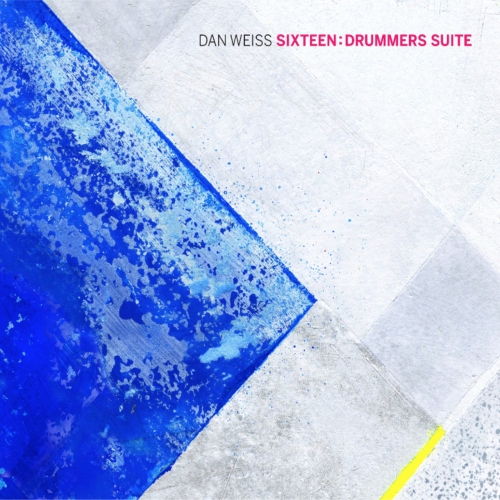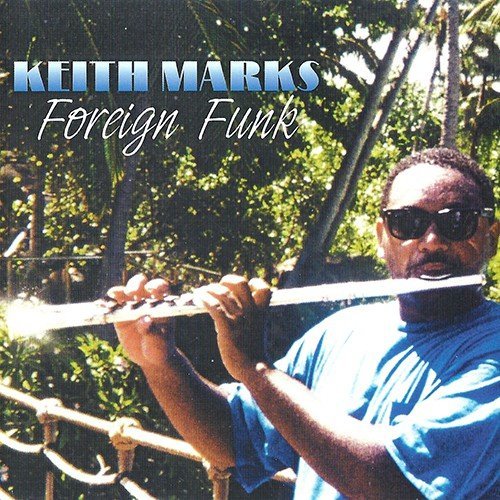Nomos Duo - MENDELSSOHN: Works for Violin and Piano (Complete) (2001)
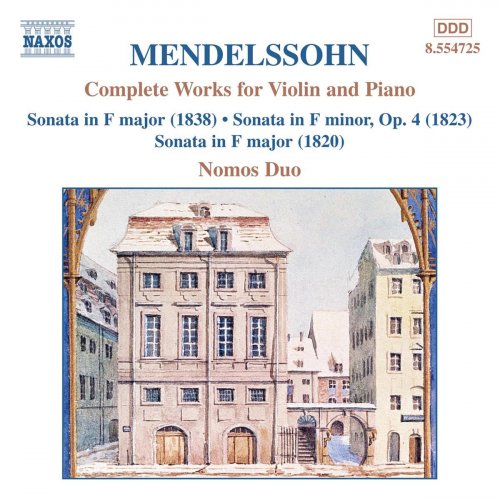
Artist: Nomos Duo
Title: MENDELSSOHN: Works for Violin and Piano (Complete)
Year Of Release: 2001
Label: Naxos
Genre: Classical
Quality: flac lossless (tracks)
Total Time: 01:07:39
Total Size: 266 mb
WebSite: Album Preview
TracklistTitle: MENDELSSOHN: Works for Violin and Piano (Complete)
Year Of Release: 2001
Label: Naxos
Genre: Classical
Quality: flac lossless (tracks)
Total Time: 01:07:39
Total Size: 266 mb
WebSite: Album Preview
01. Sonata for Violin and Piano in F Major: Allegro Vivace
02. Sonata for Violin and Piano in F Major: Adagio
03. Sonata for Violin and Piano in F Major: Assai Vivace
04. Sonata for Violin and Piano in F Minor, Op.4, Adagio-Allegro Moderato
05. Sonata for Violin and Piano in F Minor, Op.4, Poco Adagio
06. Sonata for Violin and Piano in F Minor, Op.4, Allegro Agitato
07. Sonata for Violin and Piano in F Major: Allegro
08. Sonata for Violin and Piano in F Major: Andante
09. Sonata for Violin and Piano in F Major: Presto
10. Movement in G Minor
11. Andante in D Minor
12. Fugue in D Minor
13. Fugue in C Minor
14. Alegro in C Major
Felix Mendelssohn’s surviving output for violin and piano comprises three sonatas, written between 1820 and 1838, thus spanning the mature phase of the composer’s creative life, and a handful of shorter apprentice pieces. They’re all elegantly constructed and tuneful works that you’d think might have attracted a wider following on disc and in the recital room. Instead, Mendelssohn’s violin triptych is seriously under-represented on CD, and most of the short pieces haven’t been recorded at all, so this budget newcomer is long overdue. The performers, violinist Nicholas Milton, concertmaster of the Adelaide Symphony Orchestra, and the Icelandic pianist Margrét Grímsdóttir, give strong, positive readings of these works on this nicely engineered Naxos issue. The student works, composed between 1819 and 1821, are basically composition exercises produced for Mendelssohn’s teacher, Carl Friedrich Zelter; but so were the miraculous String Symphonies, and these violin pieces are scarcely of lesser quality, with the two Fugues (in D minor and C minor) reflecting the young Mendelssohn’s extraordinary skills as a contrapuntist. The Nomos Duo gives competent performances of these slighter offerings, and delivers tersely argued, forthright readings of the three mature sonatas.
The chief advantage of this disc is in its completeness. Aside from that (not inconsequential) virtue, the Nomos Duo doesn’t quite displace Yehudi Menuhin’s world-premiere 1952 EMI recording with Gerald Moore of the F minor work, which Menuhin had rediscovered. Further, from Deutsche Grammophon come tonally sophisticated accounts of the F minor and F major sonatas, played by Shlomo Mintz and Paul Ostrovsy; but better still is the complete survey of the sonatas by Jean Jacques Kantorow and Jacques Rouvier on their 1992 Denon disc. The Nomos Duo recording is an obvious budget leader, and it’s especially valuable if you prefer all of Mendlessohn’s violin and piano music on a single disc. Mintz is superior in his richly varied tone, and Kantorow is outstanding for the spontaneity and energy of his approach; but given the competence and effectiveness of these new Naxos accounts, you’d need very compelling reasons to spend more on these pieces.
